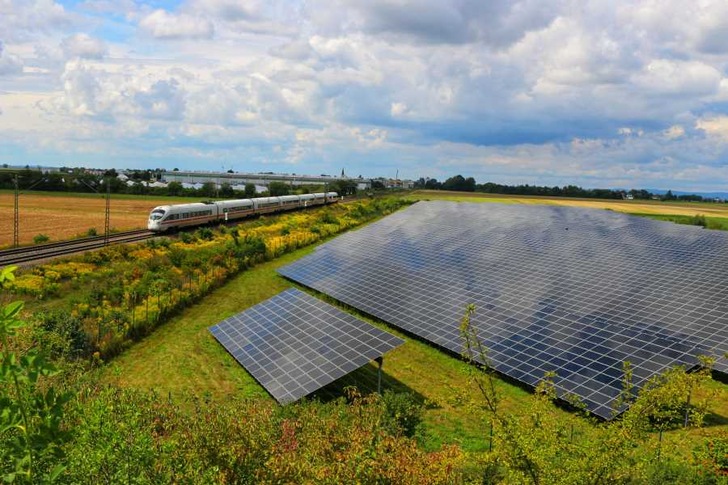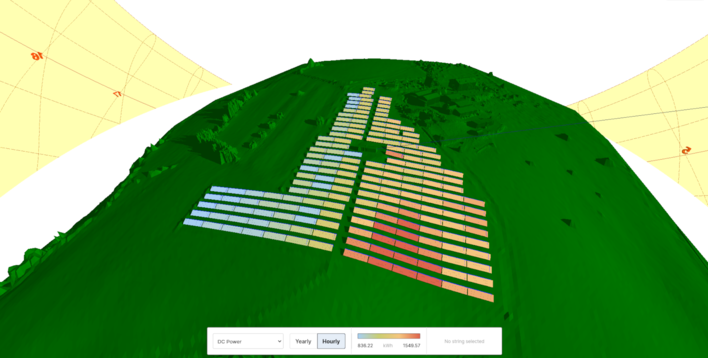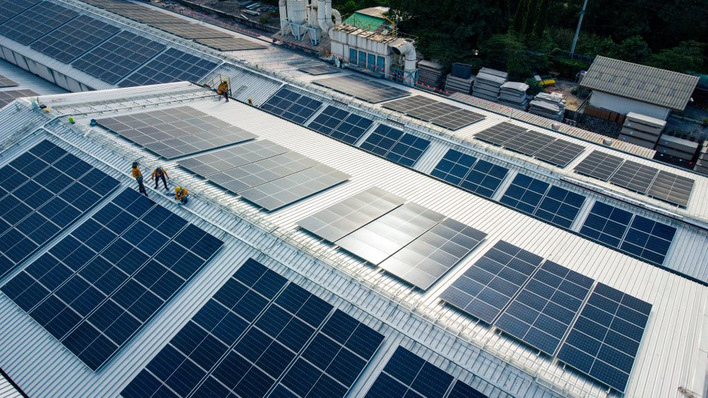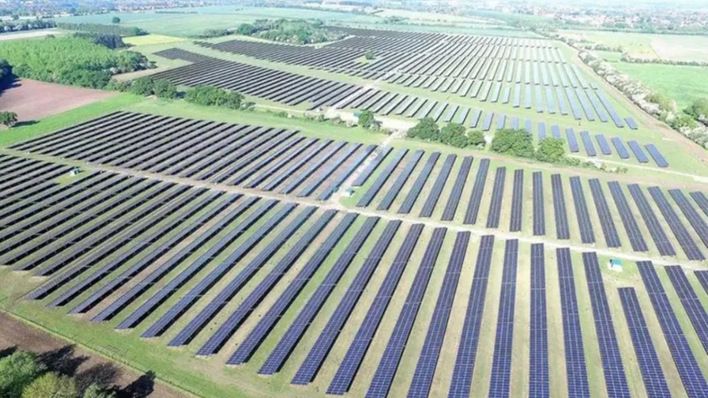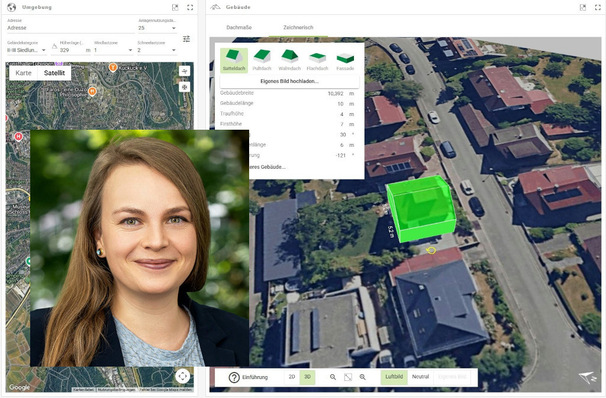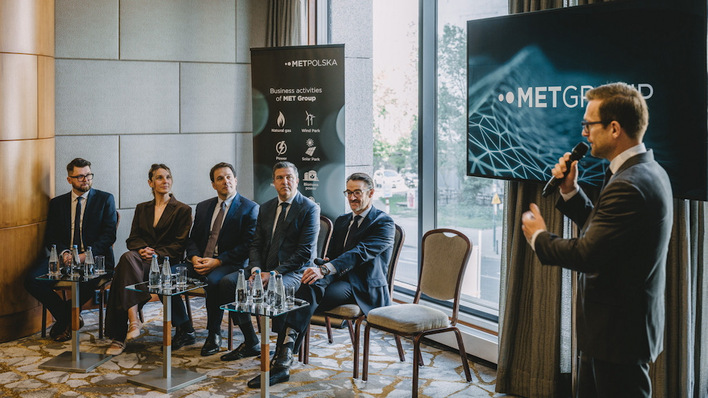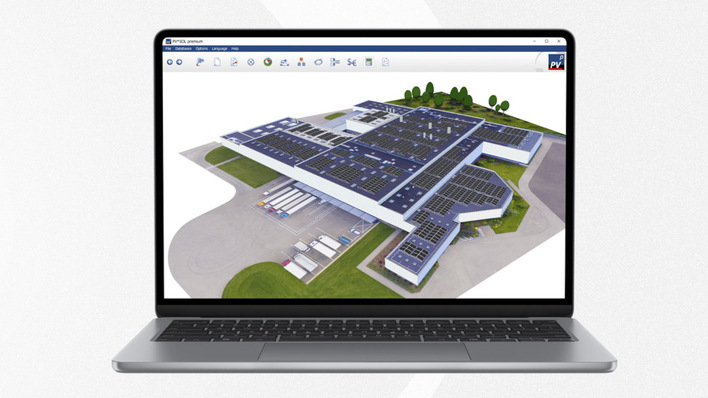The project has a duration of 14 months. It is investigating which PV applications on and in the rail infrastructure can be used to feed electrical energy directly into the rail power grid. It will also determine how much solar energy can increase the share of renewable energy in the railway electrification system. Railroad technology and photovoltaics experts from TÜV Rheinland are working on the project on an interdisciplinary basis.
Further improving the greenhouse gas balance of railways
If Germany is to achieve its national climate protection targets, the transport sector must make its contribution. Because rail transport is heavily electrified and already uses a lot of renewable energy, it already has a favorable greenhouse gas emissions balance when it comes to consumption. With the help of PV, the share of renewable energy in rail electricity could be increased even more.
“If it turns out to be possible to generate energy along the widely ramified railway electrification system and feed it in directly, thereby making better use of existing infrastructure and reducing energy losses through multiple conversion and transport, the rail mode of transport could further improve its greenhouse gas balance,” explains Jürgen van der Weem, rail technology expert at TÜV Rheinland and responsible for the project.
Examples of photovoltaics on or in rail infrastructure include track-integrated PV modules in the track bed and PV modules attached to or integrated into noise barriers. Compared to conventional PV systems, a particular technical requirement is to feed the generated electricity directly into the railroad’s single-phase, 15-kilovolt overhead network.
Determining potential energy yields on and in the infrastructure
The TÜV Rheinland experts are implementing the project in three work packages. The first work package involves market research into PV systems relevant to railroads. Here, TÜV Rheinland systematically examines the PV systems relevant for use on or in the rail infrastructure, including all the necessary components that are also required for direct feed-in. The investigation includes PV systems that are available worldwide, as well as systems that are already being or have been tested worldwide on or in rail infrastructure.
Quantitative assessment of the potential for photovoltaics
Based on these results, the experts from TÜV Rheinland are quantitatively recording the PV potential in the second work package. They will determine the existing areas on and in Germany’s rail infrastructure that can be used for applications, as well as the feed-in power and energy that can be generated there.
Did you miss that? 101 gigawatt hours of solar power from noise barriers possible
This is based on publicly available sources such as databases of Deutsche Bahn AG and mapping of radiation intensity. From the data compiled in this way, it is possible to deduce the expected energy yields. In addition to direct feed-in to the traction power grid, the experts also take into account close-to-generation internal consumers in the rail sector.
Requirements from a rail technology perspective
The third work package deals with the requirements for PV systems, especially from a railroad engineering perspective. The relevant railroad regulations are named and, if necessary, concrete recommendations are given for necessary adjustments due to the integration of PV systems on and in the rail infrastructure, taking direct feed into account.
Finally, TÜV Rheinland identifies possible barriers and restrictions on the one hand and synergies on the other and suggests how barriers or restrictions could be removed. In addition to the study and the documentation of the results, the project management and the coordination of the working group accompanying the research are also part of the large-scale project. (hcn)
Read more about BIPV


